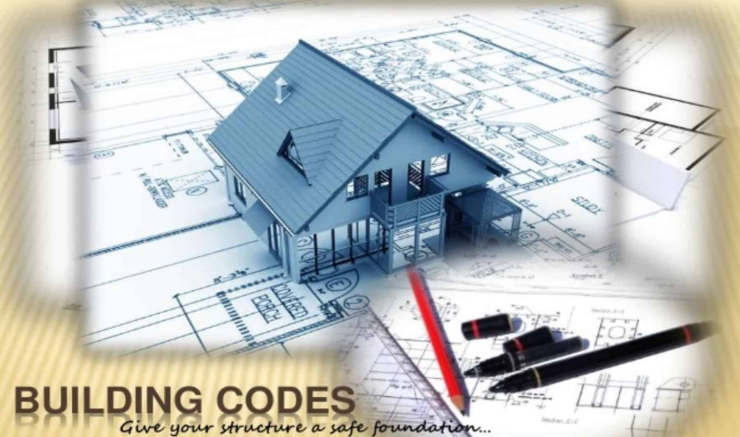Subcontractor Opportunities: How to Expand Your Reach & Projects
Subcontractor opportunities exist in every construction market, but identifying and securing them requires strategic approaches that go beyond traditional bidding...

Checking Your Home for Code Compliance
Whether you’re selling an older home or building a new one, meeting local building codes is crucial. For builders, following code means avoiding costly fines and delays. For sellers, a failed home inspection due to code violations can significantly lower your home’s value—or even scare buyers away.
So, what does it really mean for your home to be “up to code”?
The term “up to code” can vary depending on your city or state because building regulations differ by location. However, most local codes are based on the International Building Code (IBC) and related standards like the International Plumbing Code and Fire Code.
A home that’s “up to code” generally meets minimum safety and quality standards in key areas such as:
• Structural Integrity: Is your home’s foundation and framing solid and stable?
• Emergency Exits: Are there safe, accessible escape routes in case of fire?
• Plumbing & Sanitation: Does your plumbing system safely remove wastewater?
• Lighting & Ventilation: Is your home properly lit and ventilated?
• Energy Efficiency: Does your home use energy efficiently for heating and cooling?
• Fire Safety: Are fire-resistant materials and layouts in place to protect occupants?
Falls from stairs are a common accident. Building codes require handrails to:
• Have a firm, comfortable grip (usually less than 3 inches in diameter)
• Be installed at the proper height (around 36 inches from the floor)
• Have closed ends that return to the wall to avoid snagging clothes or bags
Windows must meet safety standards to prevent accidents:
• Use tempered safety glass near stairs and bathrooms to reduce injury risk from broken glass
• Ensure every bedroom, including basement bedrooms, has an egress window — a window large enough and accessible for emergency escape
Faulty or missing detectors are a top violation:
• Install smoke detectors on every floor, inside bedrooms, and outside sleeping areas
• Carbon monoxide alarms should be near bedrooms and garages, typically mounted 5 feet above the floor
Energy codes are designed to reduce utility costs and environmental impact:
• Seal all wall penetrations for pipes or vents to prevent drafts and water damage
• Insulate attics and separate “conditioned” from “unconditioned” spaces
• Insulate HVAC ducts to improve efficiency and prevent condensation
• Upgrade windows to double or triple-pane with a low U-factor (better insulation)
If your deck is over 30 years old, it might not meet modern safety codes:
• Inspect the deck ledger (the board connecting deck to house) for rot or rusted fasteners
• Check that flashing is properly installed to prevent water damage where the deck meets the house
• Decks over 30 inches high require guardrails at least 36 inches tall
Poor flashing leads to water leaks and structural damage:
• Use flashing tape or professional repair services to seal around windows and doors
• Look for signs of water damage like discoloration or soft wood near openings
Reduce fire risks by:
• Getting your electrical wiring inspected, especially if your home is 40+ years old
• Using fire-resistant materials like fire-rated drywall and windows
• Installing firewalls to contain fires within specific areas
• Patching holes in drywall to prevent fire spread
• Keeping fire extinguishers in kitchens and garages
If you add a permanent kitchen island, ensure it has dedicated electrical wiring to avoid dangerous extension cords and tripping hazards.
Basements must be finished carefully to maintain structural safety and avoid moisture issues. Consult foundation experts before major remodeling.
Never skip building permits for DIY projects. Permits ensure work is inspected and meets local codes, saving you headaches later.
Chances are, your home may have some minor code issues—studies show over 45% of homes have at least one violation. However, many of these don’t require immediate fixes unless they pose safety risks.
A qualified home inspector can identify problem areas and guide you on necessary repairs or upgrades before you sell or renovate.
If you want to keep your home safe, efficient, and valuable, staying informed about building codes is key. Regular inspections and proactive maintenance will help your home meet today’s standards and protect your investment for years to come.
Whether you’re selling an older home or building a new one, meeting local building codes is crucial. For builders, following code means avoiding costly fines and delays. For sellers, a failed home inspection due to code violations can significantly lower your home’s value—or even scare buyers away.